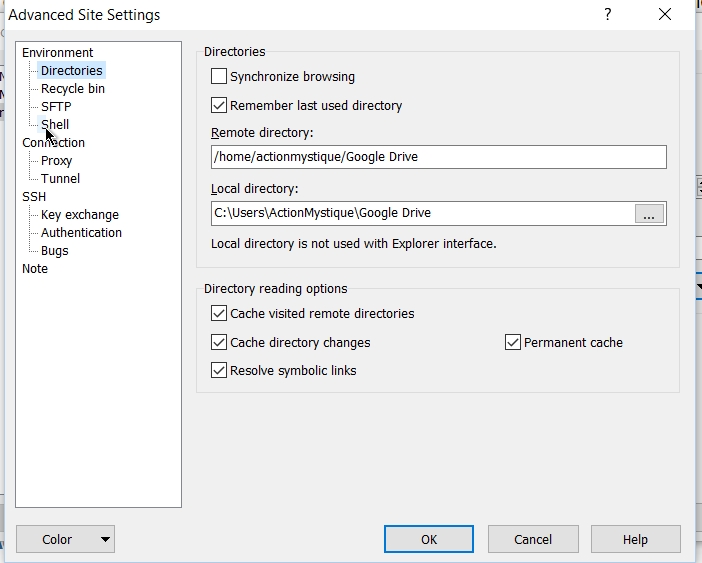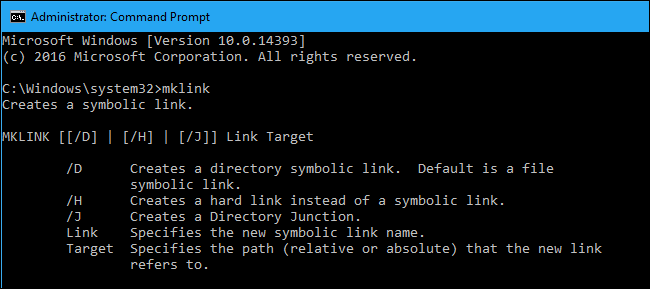


LSE is supported on all Windows versions that support NTFS version 5.0 or later, including Windows XP64 and Windows7/8/10. The extension allows the user to select one or many files or folders, then using the mouse, complete the creation of the required Links – Hardlinks, Junctions or Symbolic Links or in the case of folders to create Clones consisting of Hard or Symbolic Links. LSE, as its name implies is implemented as a Shell extension and is accessed from Windows Explorer, or similar file/folder managers. Link Shell Extension (LSE) provides for the creation of Hardlinks, Junctions, Volume Mountpoints, and Windows7/8’s Symbolic Links, (herein referred to collectively as Links) a folder cloning process that utilises Hardlinks or Symbolic Links and a copy process taking care of Junctions, Symbolic Links, and Hardlinks. If you want a GUI Tool for making/editing that symlinks use Ni E:\Data\MyGames -i SymbolicLink -ta "C:\users\UserName\MyGames"Īnother approach is a Windows Shell extension which looked interesting but probably overkill for my current needs (from odvpbre): New-Item -ItemType SymbolicLink -Path E:\Data\MyGames -Target "C:\users\UserName\MyGames" Open a PowerShell session as elevated administrator: The option I went with was the PowerShell route suggested by Peter Hahndorf:
Symbolic linker windows how to#
This is not meant as a tutorial in any way, I’m simply trying to not forget this as I need it about once every two years or so and always forget how to do it.


 0 kommentar(er)
0 kommentar(er)
